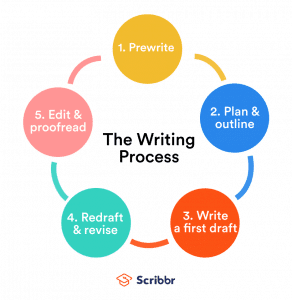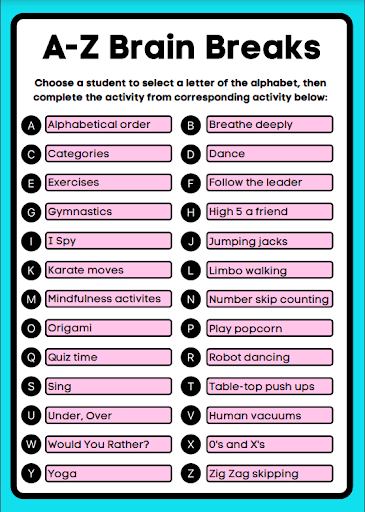7 Frontal Lobe Hacks!
Have you ever wondered why students with learning disabilities or behavioral difficulties perform better in some classes, terrible in others and inconsistent in others? Typically if this is the case in elementary school for a student, it only worsens by secondary level. Executive function profiles are not equally problematic in different settings. Research shows that students with developmental executive function weakness generally require far greater adult supervision than their developing peers across grade levels. (Barkley, 1997, 2006). Therefore these students need Strategies that move them to the Front of the Class. We want to assure these students are not left behind!
Skills that help students with organization, homework completion, time management, and impulse control are executive functioning skills!
Strategies to Get A FRONT Seat in the Executive Suite!
Although the ultimate goal is for students to learn how to complete tasks independently, requiring students who may not have the executive skills can be exhausting without first giving them strategies to move in the appointed direction.
Here you will find 7 handy strategies for students with executive function deficits.
1. Provide Students with a Surrogate Brain While their Frontal Lobe is in Developmental Stage
Giving students an artificial frontal lobe to be with their own is almost like giving the brain a booster or a head start in the learning process. Consider these strategies as adding artificial flavoring to make it just the right taste of learning!
- Give One on one instruction after group or whole group lesson
- Provide guided practice as you teach the lesson
- Start homework in class so that students can ask any questions. During this time, the teacher will demonstrate the expectation of the homework task.
- Use a project planning form for long term projects
- Sit with students to plan out time projected for each task
- Visual reminders posted in students’ immediate sight, whether it is on their desk, on the wall, or the board
This includes writing strategies, reading strategies, math formulas.
- Social Mentoring- a trained adult provides the students with severe executive deficits with an adult or more socially skilled peer for specific periods of the day to serve as their social coach.

2. Teach Students Skills in an Explicit and Systematic Way
- Be clear about when tasks are due by listing dates on the school’s LMS and class page.
- At the beginning of each month, have students write dates on a monthly calendar of any assessment or due date you will require
- Teach the material to the whole group/small group, pause to discuss, allowing collaboration and discussion to emphasize the importance of students’ voice
- Have a visual representation of the material you may be teaching on the board or an anchor chart when possible
- When reading stories or novels, have an auditory version for students to follow along if needed (Learning Ally, TeacherTube, Youtube, SOAR, or any other resources.
- Check to see if websites have an immersive reader feature.
- When teaching vocabulary, have students act out the words using the pantomime game or play Win Lose or Draw for student engagement. Follow up with a writing activity as an application exercise.
- Build student comprehension of a text read aloud to the class by stopping at every page or two to have fast-paced role-playing, discuss the critical plots for element story elements of that story, and also have students discuss with a partner or partners.
- Provide students with comprehension questions to the answer before they read the question and then stop to explicitly discuss the answers and questions as a group or as a whole.
3. Teach Skills in Real Life Context
- Have students track how much time it takes them to complete a task completely undisturbed by using a timer or an app like RescueTime, then write their start and finish time. (This means multitasking is off the table.)
- Model prereading strategies (For example, read an article from Newsela, your local newspaper, etc.) Afterward, organize and summarize information by using a KWL chart
- Explicitly model the writing process using expert, proficient, and novice-level writing samples.
Use the HEAR strategy to organize and sequence students’ thoughts while writing.

4. Help with the Working Memory Overload
You might hear students say things like, “I can’t keep all my thoughts in my head” or “everything you’re saying is just too much, it makes my head hurt.” These are signs of memory overload.
Here are a few valuable tools:
- Encourage students to use sticky notes to remember tasks in each class to avoid memory overload by the end of the day- transferring this information to one centralized place before the midpoint in their day if possible
- Use apps like Forest to avoid distractions while working on a task
- Break tasks into smaller tasks. For example, when writing, have students start with the Prewrite process. Pause and conference with students before beginning the planning and outlining process.
- Use rubrics and checklists in all writing tasks for a visual. Now turn these rubrics or checklists into your grading rubric as a time saver!
The stronger your working memory, the less work your brain can make room for more ch takes on when encountering new challenges. Russell Barkley calls our working memory our brain’s GPS.
5. Provide Repeated Opportunities for Guided Practice
- Using guided oral reading practice exercise because many students with executive function skills find reading boring and laborious.
- Using writing templates, math templates, reading diagrams throughout the year.
- Present new skills in a spiraling manner, keep reviewing skills.
- Role-playing and creating demonstrations of class rules once a week.
6. Develop Routines and Stick to Them
- Kiss your brain with Consistency! The Brain Loves Predictability!
- When students enter your learning space, always have a calendar with upcoming assessments and due dates of an assigned task.
- Set aside the same day each week to plan out the week on their digital or paper calendar (including students’ extracurricular activities and family events). This will look different for each student. I create a Google Calendar for the class and share it with them to edit their calendars. Students add their extracurricular and family events to this calendar.
- At the beginning of the year, develop a homework and project turn-in (this includes where things are physically turned in). Try to stick to this and not tweak this too much. Keep the same routines so that students know where to find things. Try to arrange for your test to be on a specific day of the week if possible.
- Have the schedule for the day printed on the board when students walk in each day.
- Develop classroom-wide organizational systems such as English items on blue paper, Math items on white paper, reading on lavender paper.
- Keep binder dividers in sync with color coding and in a specific order school-wide.
- The heading for papers should be the same school-wide (Decide if students need a Name, Date, Class Sec, and Topic and whether this should be on the left or right side of the paper.
- Perform binder checks so that students know that the organization of the binder is essential.


7. Allow Students to Just Be Human In Your Presence
- Open up class with check-ins. Take time to ask each student how they are Arriving at class. I created my own set of emojipresssions, google slides and use online resources.
- While students are working on a task, playing calming music with interactive backgrounds on a projection board when possible help to set the mood for learning and settles the nervous system
- Practice simple meditation. It is one of the most effective ways to access the use of your executive functions. This helps students who need assistance with self-awareness and stabilizes the nervous system. Calm App and Headspace App have many features for the classroom.
- Mindfulness techniques- Use youtube for yoga and Thai Chi quick exercises when you notice students need to self-regulate.
- Allow Brain Breaks- Students enjoy having Dance parties to rejuvenate the dendrites in the brain. GoNoodle has a variety choose from.
- Allow students to share in your mistakes and challenges. Say aloud to them you have made a mistake and are frustrated. (For example, Girls and boys, I have no idea why I keep spelling that word incorrectly, this frustrates me. Are there any ideas on how I can help myself break this cycle? Start the discussion about how you handled the situation and how you could have handled the situation differently) Students will begin to view you as a person who is Just Human and gain tremendous respect for you. This also creates a safe space for students to make your flaws transparent to them!

Author, Blog Content Creator, Educator, Presenter of Student Engagement and Executive Functioning Matters, Book Junkie, Self Help/Care Enthusiast, Mother & Calligraphist
Facebook
Twitter
Instagram


